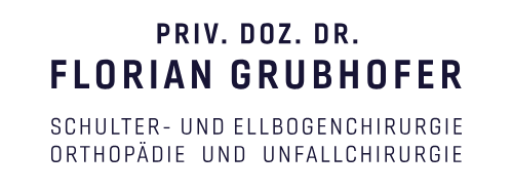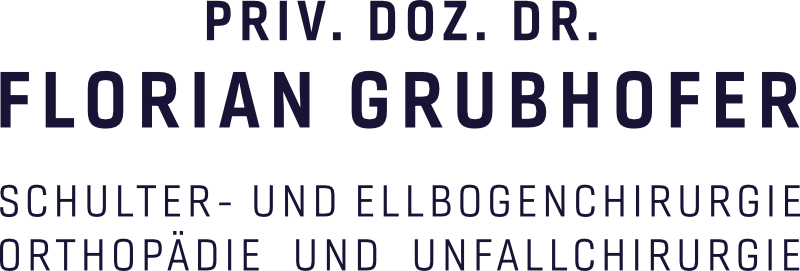What is a proximal humerus fracture?
The proximal humerus (the upper arm bone near the shoulder joint) is one of the most commonly fractured bones, especially in older patients. However, it can also occur in younger patients due to severe accidents involving significant force. In medical terminology, these fractures are collectively referred to as proximal humerus fractures.
Why are proximal humerus fractures challenging to treat for both patients and doctors?
The proximal humerus has a large joint surface, meaning that the bone at the shoulder joint, where it connects with the shoulder blade, is covered with cartilage. Fractures involving joint surfaces should ideally be restored to their original anatomy as accurately as possible.
In addition to the large joint surface, two other critical bony structures add complexity:
• Greater tuberosity (Tuberculum majus): where three rotator cuff tendons attach.
• Lesser tuberosity (Tuberculum minus): where one tendon attaches.
These tendons play a crucial role in stabilizing the shoulder joint and enabling its rotational movements.
Another complicating factor is the joint capsule. Under normal conditions, it is very elastic. However, in cases of injury or fracture, it thickens significantly, leading to painful restrictions in movement.
The dual challenge of restoring anatomical structures and managing the prolonged inflammation of the joint capsule makes treatment and recovery difficult for both doctors and patients.
How should a proximal humerus fracture be treated?
Treatment depends primarily on the patient’s age, the severity of the fracture displacement, and the involvement of the bone structures or joint capsule.
• Minimally displaced fractures: Typically treated non-surgically, regardless of the patient’s age.
• Severely displaced fractures:
• In active or biologically younger patients, surgery is usually required.
• In older patients with lower activity levels, studies have shown that even with significant displacement, conservative treatment (immobilization without surgery) can lead to high satisfaction rates.
When surgery is necessary, what procedures are performed?
• Younger, active patients: The goal is to reconstruct and preserve the joint. This is typically done using:
• Plate osteosynthesis: The fracture is anatomically aligned through an open incision and stabilized with a plate and screws.
• Intramedullary nailing: A nail is inserted into the bone, with screws securing the fragments through the nail.
• Older, active patients with poor bone quality: Joint replacement is often preferred.
• For patients over 65, studies show that a reverse shoulder prosthesis provides the most reliable outcomes.
• In younger patients with severe comminution (shattering), a hemiarthroplasty (replacement of the humeral head) may be used. However, this approach depends heavily on reconstructing the greater and lesser tuberosities as anatomically as possible, which significantly impacts the treatment outcome.
It is worth noting that hemiarthroplasty delivers less predictable results compared to reverse shoulder prostheses. However, studies show that reverse prostheses in patients under 50 often lead to unsatisfactory outcomes, making their use in younger patients rare.
How long does recovery take after an upper arm fracture?
The injury triggers a significant inflammatory response in the capsule, causing it to thicken and restrict movement. This can be viewed as an evolutionary mechanism, akin to an internal splint.
• Full resolution of capsule inflammation typically takes at least a year.
• In 10% of cases, it may take longer.
• Frozen shoulder is diagnosed when external rotation remains limited to 20 degrees or less after six months.
It is crucial to inform patients early about the expected prolonged restriction of movement, as this fosters trust and realistic expectations.
Surgical intervention can exacerbate the inflammation, especially in joint-preserving procedures such as plate or nail osteosynthesis. This creates an additional traumatic event for the capsule, further intensifying inflammation and movement limitations. Patients must be made aware that painful stiffness will likely persist for at least a year.
For older patients receiving a reverse shoulder prosthesis, recovery is often more straightforward, as passive range-of-motion exercises can begin the day after surgery.
What does rehabilitation look like after an upper arm fracture?
Rehabilitation is divided into three phases:
1. Protection phase (first six weeks): Focuses on allowing the fracture to heal. This applies even after joint-preserving surgeries.
2. Movement phase (weeks 7–12): Emphasis on movement exercises without loading the joint.
3. Strengthening phase (from week 13 onward): Strength training begins, although movement restrictions may still be present.

